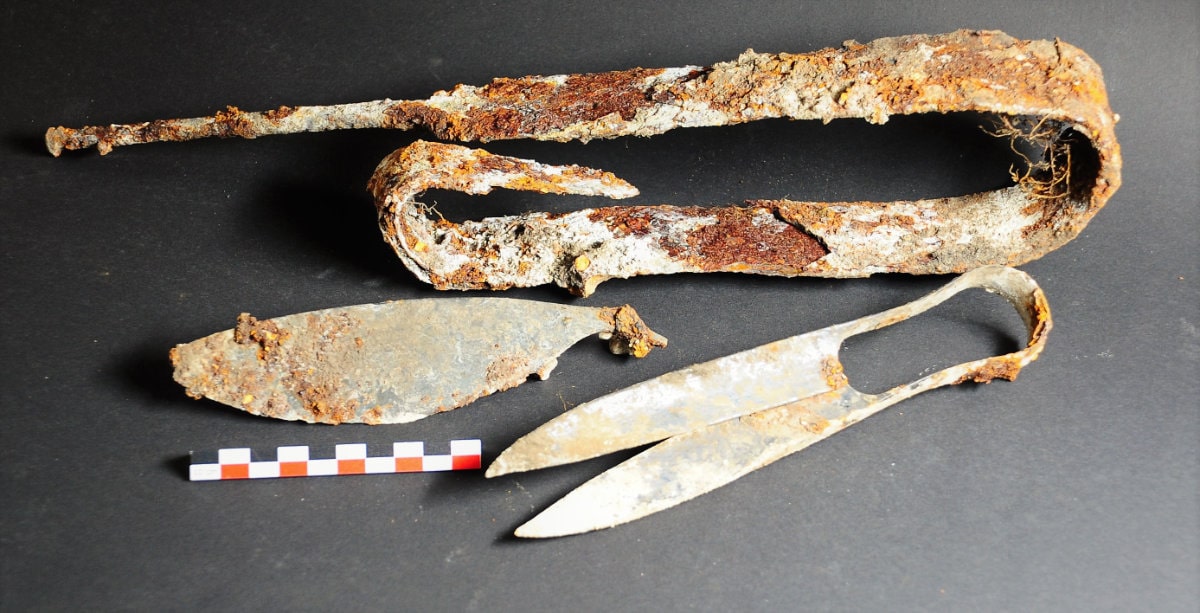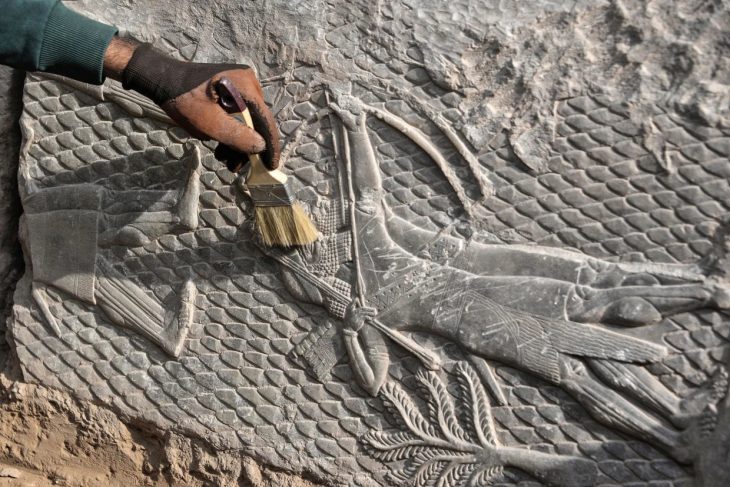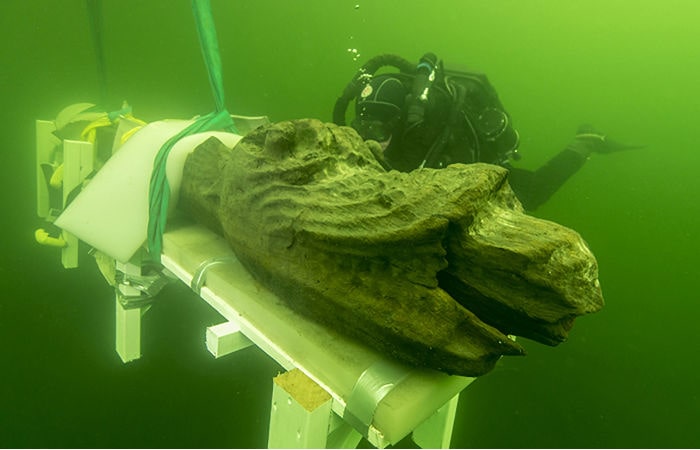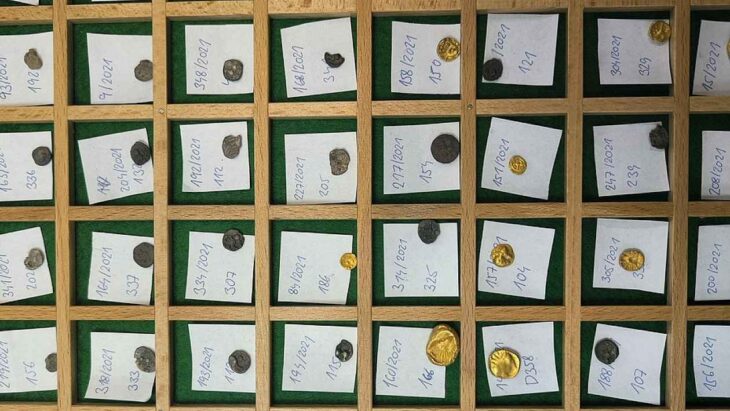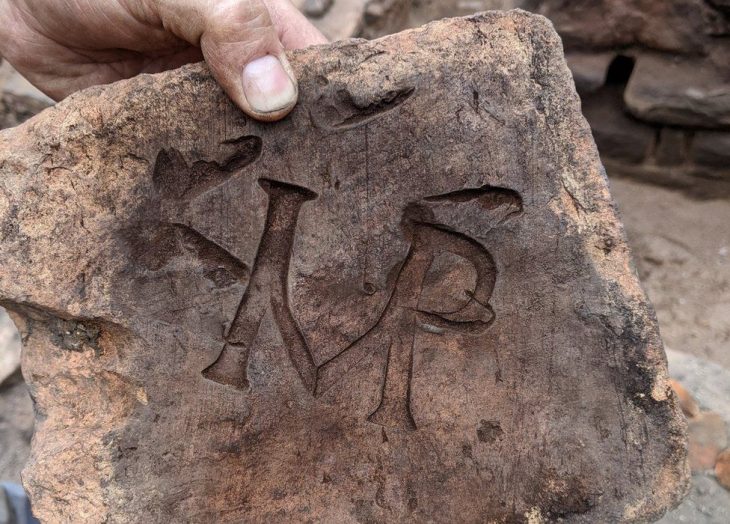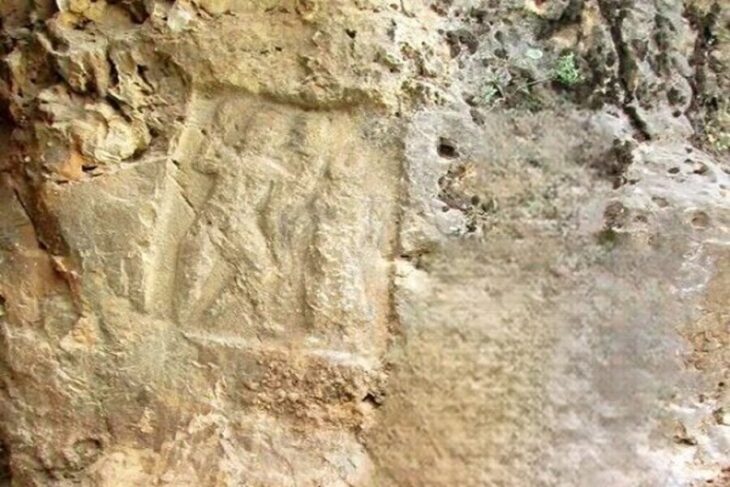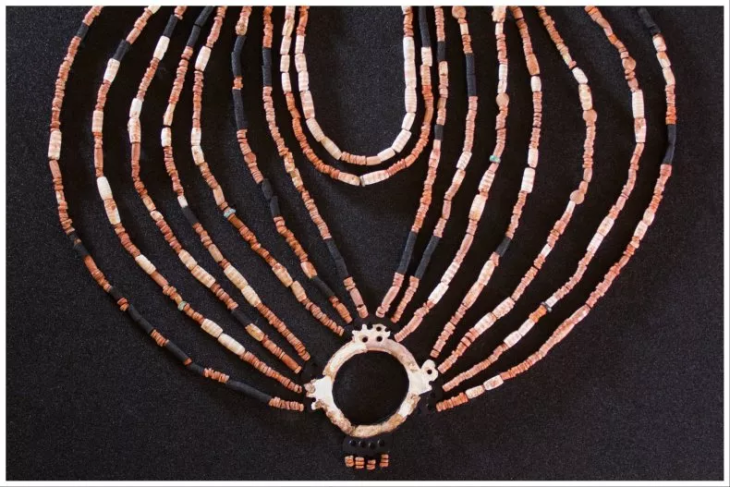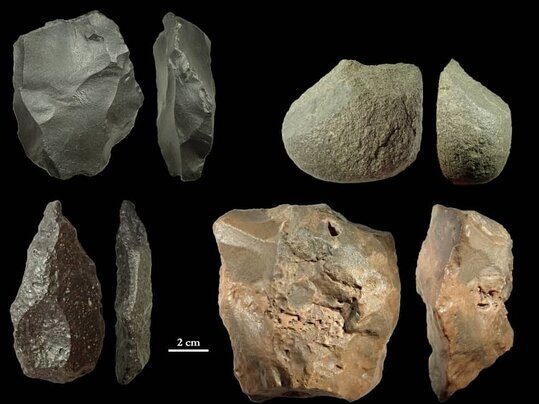During a construction project in Munich’s Sendling district, Celtic cremation tombs were discovered. The quality of preservation of the grave goods is impressive: 2,300 years old, and yet it looks almost new: archaeologists have discovered a pair of scissors in a Celtic grave that even has a slight sheen.
Archaeologists from the Bavarian State Office for the Preservation of Monuments (BLfD) also found a folded sword, the remains of a shield and a lance tip, a razor, and a fibula.
Other high-quality grave goods, according to the Bavarian State Office for the Preservation of Monuments (BLfD), demonstrate that the deceased had a high social status.
The current find history began with the search for possible Second World War explosive devices in the Munich district of Sendling. The explosive ordnance disposal team discovered underground structures that could be of archaeological interest and informed the BLfD.
From the 3rd century BC to the 2nd century B.C. the Celts burned their dead and buried the remains in pits together with the grave goods. Other burials in Sendling show that this is a previously unknown burial ground.
📣 Our WhatsApp channel is now LIVE! Stay up-to-date with the latest news and updates, just click here to follow us on WhatsApp and never miss a thing!!

In the middle of a square building that was once highlighted by four individual posts, stood the tomb. As it turned out, a number of items had been positioned near the deceased man’s remains. The archaeologists were particularly amazed by one discovery: a pair of scissors that had almost no corrosion and appeared brand new.
“A pair of scissors that are more than 2,300 years old and in a condition as if they could still be used today – that’s a very special find,” says Prof. Mathias Pfeil from the BLfD. “The fortunate fact that this tool was so excellently preserved is just as impressive as the craftsmanship of this object,” says Pfeil.
The scissors could have been used to cut hair or textiles, so it was likely a multipurpose tool even then, according to the experts. It’s possible that the Celts also used them to shear sheep.

According to the findings, the sword was deliberately heated, folded, and thus rendered unusable. It’s possible that someone wanted to destroy the priceless weapon in order to prevent the looting of the tomb. The sword could have been made available to the deceased in the afterlife by ritually destroying it in this world, but mythical notions also raise questions as a background. On the other hand, it might also have been a precaution to calm the dead person’s potentially restless spirit.
The BLfD concludes by listing the most recent discoveries: It is a significant and little-known testament to the region’s Celtic past.

